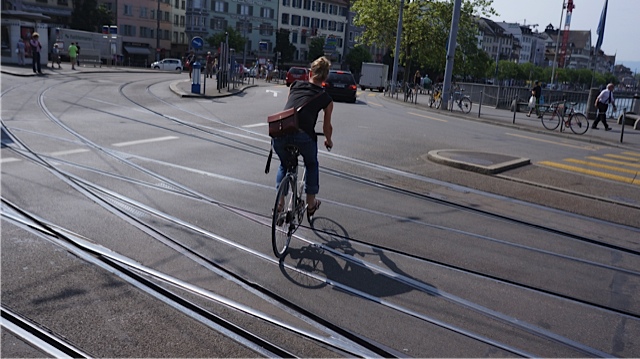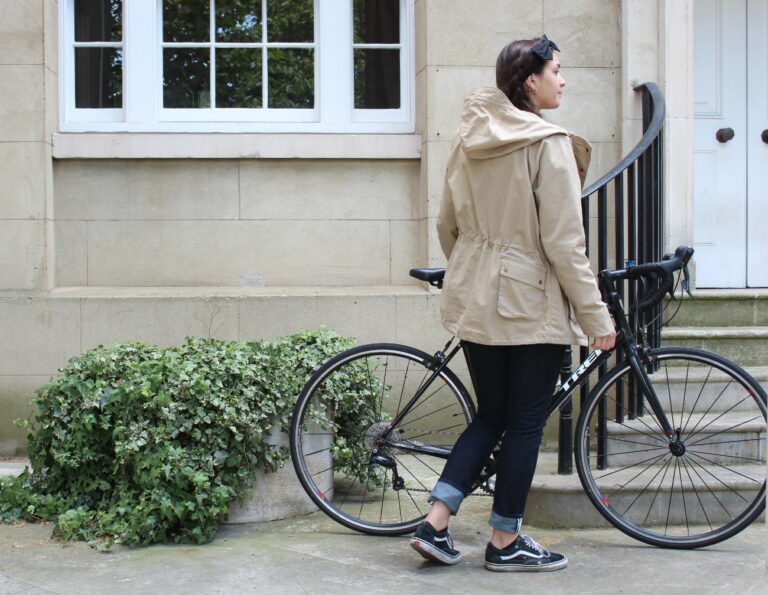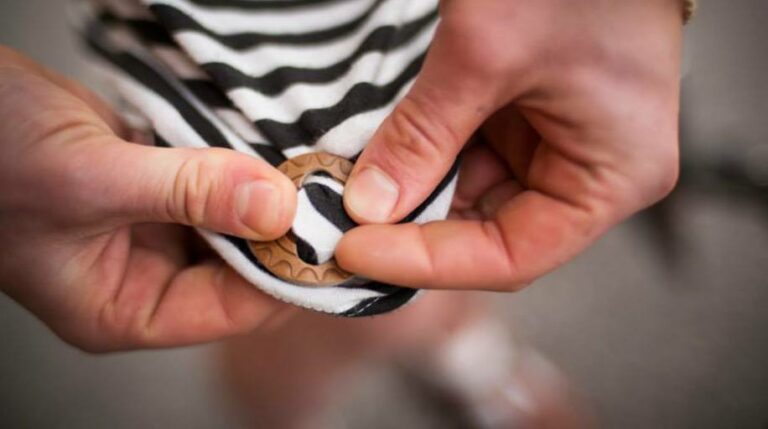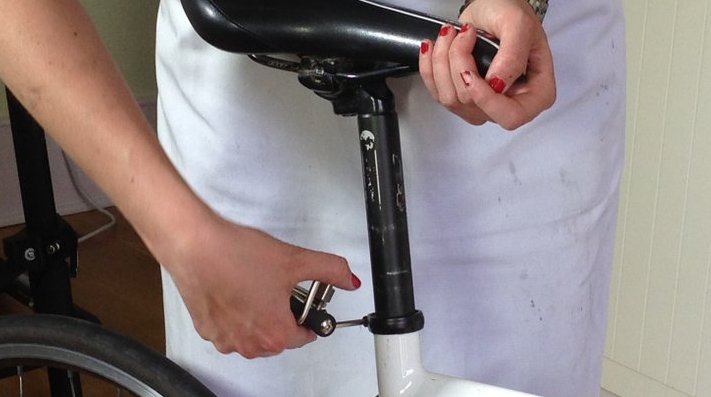The million dollar question – what should you take out on a ride: CO2 canisters or a hand pump?
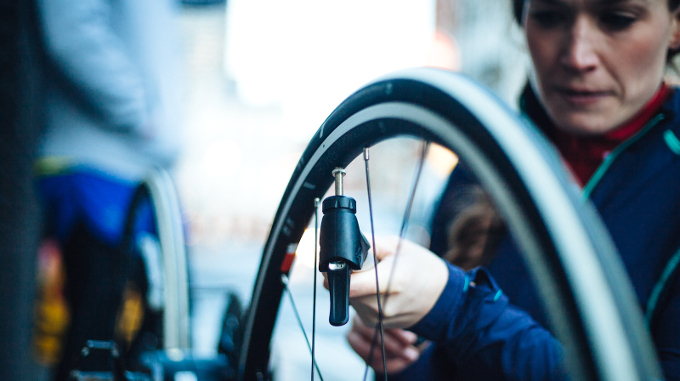
Until a few years ago, hand pumps were the only option. A miniature version of a track pump, these usually have a presta and a schrader valve tube so you can pump up either style of tube, and operation is simple – but takes a bit of elbow grease.
C02 cartridges arrived on the scene not too long ago. These are tiny canisters filled with C02. To use one you simply screw (or slot) your canister into an inflator, fit the inflator to the valve, and push until you hear a satisfying hiss and the tyre becomes hard in around 10 seconds. The outside of the cartridge does freeze, so you must have it covered to avoid burning your fingers.
Which option you go for comes down to personal preference, there isn’t a right or wrong answer. Here’s a look at the pros and cons:
Mini-Pumps
Pros
- Can be used to pump a little initial air into the tube, before inserting into the tyre. This helps to reduce pinch punctures when a completely flat inner tube is loaded into a tyre and becomes twisted
Read up on How To Replace an Inner Tube Here
- Can be used repeatedly when out – so provided you have enough patches or tubes, you can keep on getting punctures all day (though obviously you’d rather not)
- Will last for years without needing any replacement cartridges or parts
Cons
- A little more cumbersome to carry – you can attach your pump to your frame via the bottle cage bolts, but otherwise it’ll need to go in your jersey pocket or backpack
- Very few pumps will get you up to ideal tyre pressure, and if they do, it’s going to take quite some time and a lot of pumping. One the plus side, it’s a good arm workout…
Best for: Rides when you want total reliability and assurance that you’ll always be able to get enough air into your tyres to get home, where you don’t mind carrying a little extra weight and have space to fit the pump in, and where it’s not that important to you if your tyres aren’t at optimum pressure. Commuting is the best example.
Co2 Canisters
Pros
- This method will get you up to full pressure in no time at all
- Both canister and inflator are small, compact, and weigh very little
Cons
- Once the canister is used, it goes in the bin and needs replacing. Canisters come in at around £2.50 each, so won’t break the bank, but they’re an unnecessary expenditure and it’s not the greenest method around
- This also means that if you take two canisters, and have three punctures (that would be an unlucky day!) you’re facing a long walk to the bike shop or home
- The high majority of CO2 canisters do not have any means of regulating the air – so once you’ve pushed it in, it will fully inflate the tube. That means you can’t add a little air to semi-inflate the tube before inserting into the tyre, and you can’t see what PSI you’re on. However, some companies now make inflators with regulators to make this easier – such as the Bontrager Air Regulator
Best for: Rides where you want to carry as little as possible, and get on the road as quickly as possible following a puncture. For example, races.
The Hybird
To complicate matters, some brands have now brought out hybrid versions – such as the Specialized Air Tool Combo2 Pump. These operate as a normal pump, but have an in-built Co2 inflator and canister.
Pros:
- Even if you run out of CO2, you can pump your way home
- You can apply a little air before you insert the tube to the tyre
- You still have the bonus of the 120 PSI capabilities and speed of the CO2 should you need it
Cons:
- Moderately heavier and larger than a standard CO2 canister and inflator
Best for: Riders after the best of both worlds, who don’t mind carrying a slightly larger pump.
You might also like….

